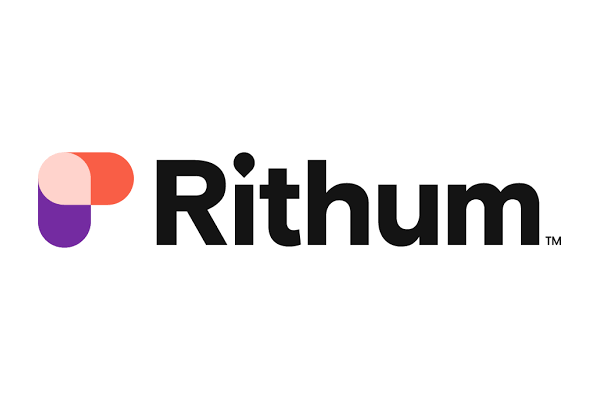Consumers shopping for personal care products are no longer swayed as much by influencer recommendations, with other factors such as price and sustainable packaging proving more impactful on purchasing decisions. Traditionally thought of as the best strategy to reach a younger audience, just over one in ten (12%) consumers aged 16-24 found ‘influencer backed’ to be a priority when buying health and beauty products.
The findings come from CommerceHub, one of the world’s largest commerce networks, which conducted a survey of UK consumers’ spending habits in the personal care sector.
The research highlighted the decline in the power of influencer marketing in the health and beauty space, with the older generations almost completely ambivalent to their appeal, just 2% were swayed by influencer endorsements. With consumer interest in influencers lessening, some brands and retailers are looking at new approaches like retail media to engage customers and help maximise sales and maintain profitability.
The research found that, besides price, convenience was a key factor for consumers deciding where to shop for their health and beauty products. Half of respondents (53%) said they buy most of their personal care products in supermarkets as they can pick up their skincare items alongside the weekly shop. This number increased in correlation with age (31% of 16-24 year olds, up to 64% of 55+).
Consumers in the sector have also become more comfortable buying from their phone or computer, with 40% of respondents saying that they would buy makeup online. In order for ecommerce brands and retailers to stay competitive against brick and mortar stores, they must prioritise convenience, ensuring that they are providing fast shipping and simple returns, while still retaining a high quality customer experience at the points of sale.
Despite the rise in online shopping, 39% of those surveyed still shop in-store for their personal care products. Of those who prefer to buy personal products in store, over half (56%) said that the primary reason was the ability to test, check the colour, smell, and see the size of the product. For online retailers to combat this, they should consider introducing smaller sample products that customers can order, or trials of products where the customer only pays for delivery. This will encourage customers to buy online, while still providing them with peace of mind having tested a product.
With influencer marketing waning, as well as the cost of living pushing consumers towards more cost-effective and convenient options, brands and retailers need to ensure their marketing strategies and ad spend are aligned with how consumers really make purchasing decisions, and provide the best possible value and ROI.
Profitability remains top of mind, and brands need to ensure they’re investing in activities that offer the best return on investment and drive revenue. This is where Retail Media comes in. Retail media allows advertisers to not only reach shoppers even closer to their purchase, but \also helps drive brand awareness earlier on in their journey to influence shopping decisions. Investing in a well crafted retail media strategy will help brands maximise profits and create measurable ad impact.
– Vladi Shlesman, managing director for EMEA at ChannelAdvisor – a CommerceHub company









